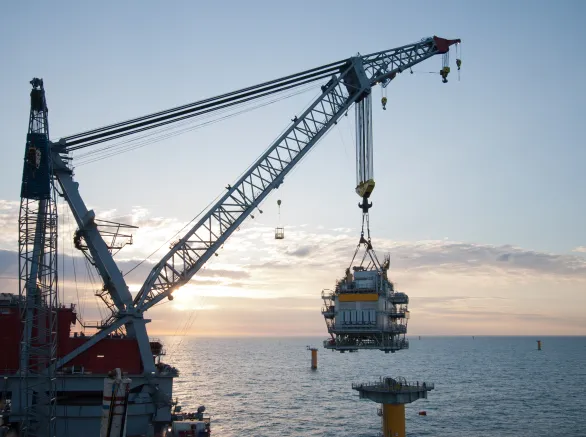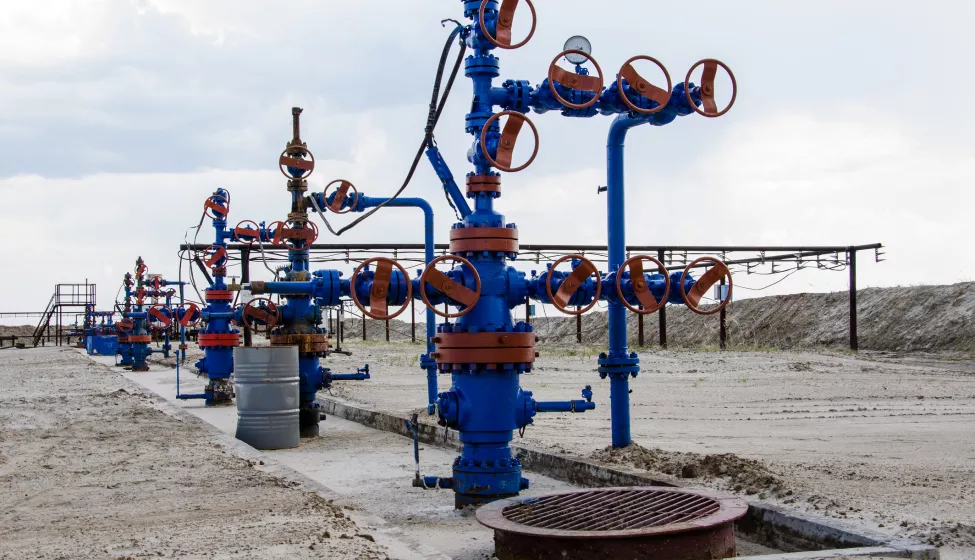May 28, 2024
EPA's final rules for monitoring methane emissions could lead to more fines for the oil and gas industry
The Environmental Protection Agency announced final rules for reporting greenhouse gas (GHG) emissions that could have significant impacts on the oil and gas industry. The new EPA Subpart W rules change how these industries report methane emissions, focusing on empirical data gathered from methane detection technologies.
"As we implement the historic climate programs under President Biden's Inflation Reduction Act, EPA is applying the latest tools, cutting edge technology, and expertise to track and measure methane emissions from the oil and gas industry," said EPA Administrator Michael S. Regan in a press release. "Together, a combination of strong standards, good monitoring and reporting, and historic investments to cut methane pollution will ensure the U.S. leads in the global transition to a clean energy economy."
The rationale behind the new methane emissions rules
Methane is several times more potent than carbon dioxide as a greenhouse gas, and EPA says recent studies reveal that emissions from petroleum and natural gas systems are much greater than what has been reported to its Greenhouse Gas Reporting Program (GHGRP). EPA plans to use satellites and other measurement methods to help track methane emissions and compare them to what oil and gas industry operators report.
As explained by EPA: "This rule addresses that gap, including by facilitating the use of satellite data to identify super-emitters and quantify large emission events, requiring direct monitoring of key emission sources, and updating the methods for calculation. Together these changes support complete and accurate reporting and respond to Congress's directive for the measurement of methane emissions to rely on empirical data."
Currently, methane and other greenhouse gas emissions must be reported to the GHGRP. If emissions surpass thresholds set by Congress, oil and gas operators must pay a Waste Emissions Charge to EPA. These new rules could ultimately lead to greater charges for oil and gas operators.
Concerns from the oil & gas industry
The announcement from EPA has been met with some pushback from industry. Shortly after the news was released, the American Petroleum Institute (API) Vice President of Corporate Policy Aaron Padilla gave the following statement:
"API has raised serious concerns about several aspects of the proposed EPA Subpart W rule, including flawed methodologies that could lead to inaccurate reporting of higher GHG emissions and increased taxes on American energy at a time of geopolitical instability and economic inflation. We are reviewing the final rule and will work with Congress and the administration as we continue to reduce GHG emissions while producing the energy the world needs."
Source: API Press Release: "API Raises Concerns with Revisions to Greenhouse Gas Reporting Program"
More guidance on new emissions rules expected soon
EPA will solicit input on methane measurement methods this summer by issuing a Request for Information and opening a non-regulatory docket. The agency will review feedback received through this document and consider whether it needs to set more rules around advanced methane measurement technologies. EPA will also seek advice from experts about measuring methane emissions, engaging with a select panel at least every two years.
More information about EPA GHGRP rulemaking can be found on the GHG Reporting Program Rulemaking Resources webpage. More information about the Subpart W rule can be found on the EPA website here.
What Can We Help You Solve?
Exponent's multidisciplinary team of mechanical and chemical engineers and environmental, thermal, and polymer scientists can help you assess the impact of new and proposed EPA regulations. We can help clients understand the opportunities and challenges associated with new requirements and evaluate potential emission reduction strategies.

Thermal Sciences Expertise for Energy Systems
Energy systems design, safety, and compliance consulting across a range of industries, including oil and gas, renewable and utility power generation.
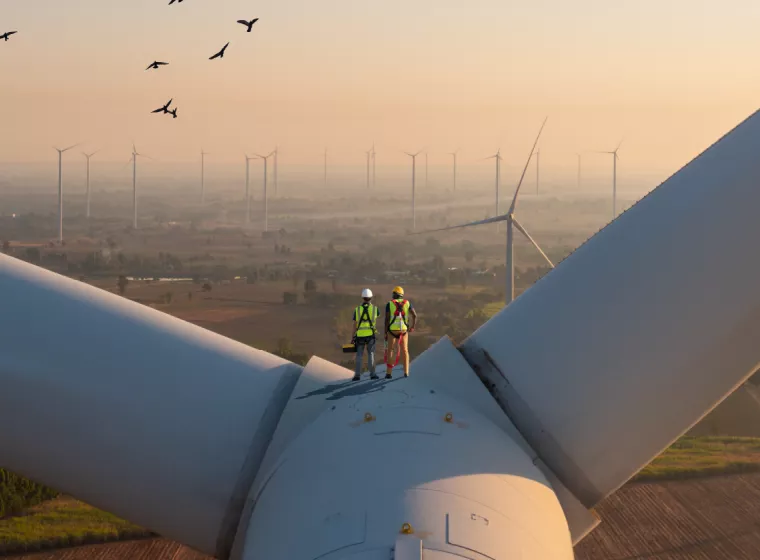
Sustainability & Climate Change
Scientific and engineering insights to improve and quantify sustainability practices and secure vital resources and assets.
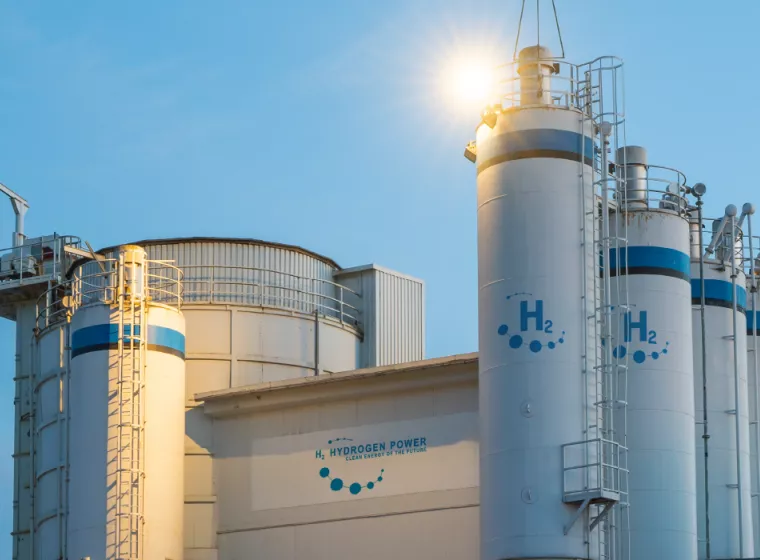
Hydrogen Systems & Fuel Cell Technologies
Innovate with new hydrogen technologies and solve challenges with electrolyzers, fuel cells, liquefaction technologies, and ammonia conversion systems.
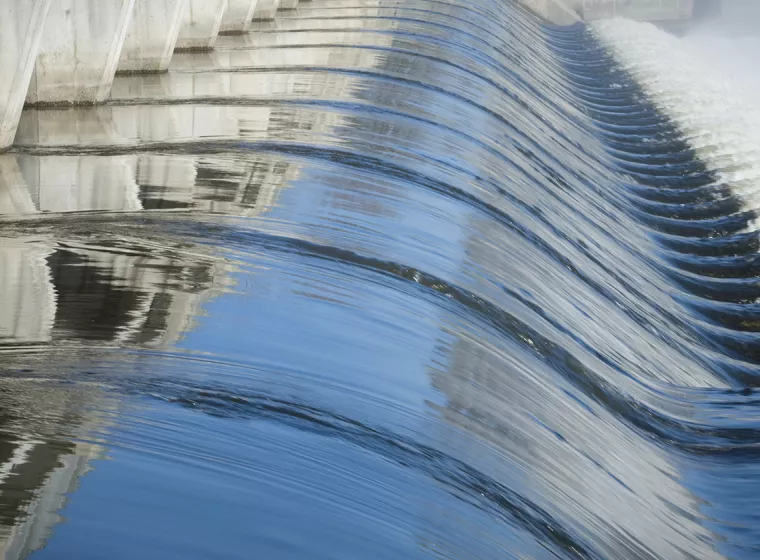
Environmental & Regulatory Compliance
Rigorous analyses to help clients overcome complex environmental and regulatory hurdles and meet auditing obligations.
Insights
